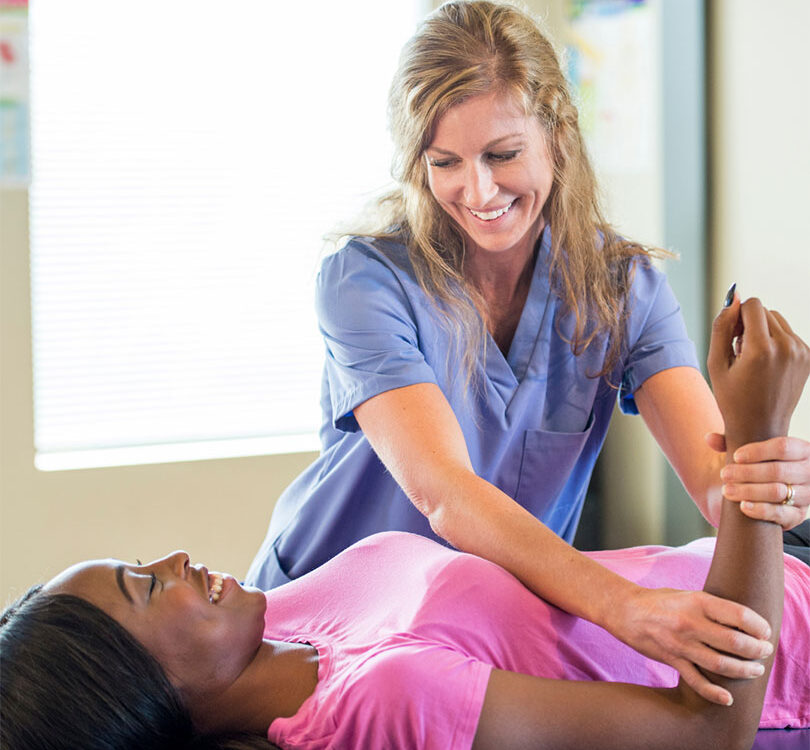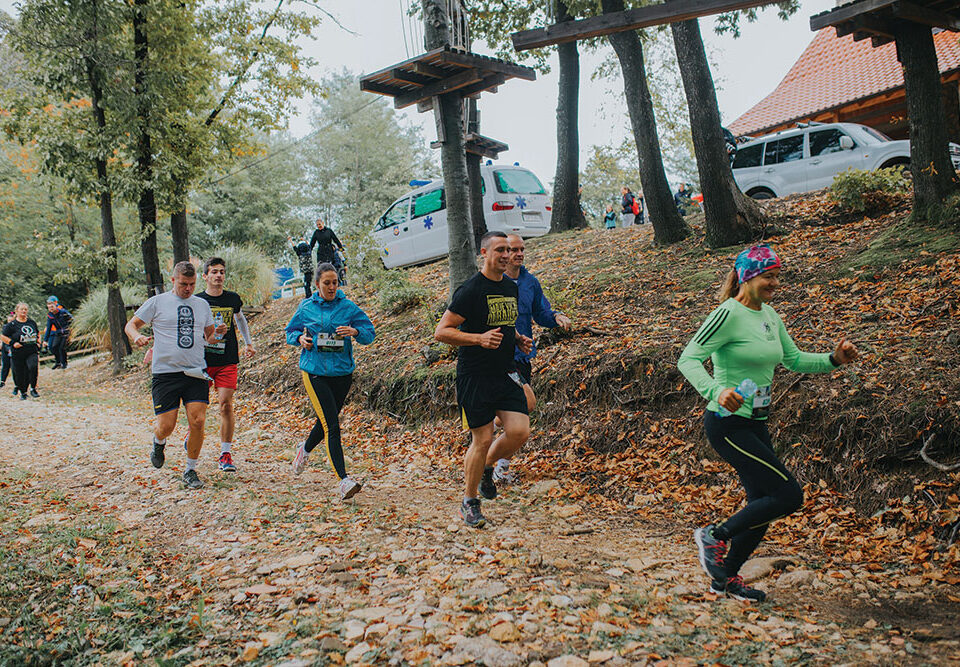Avoiding Tendon Ruptures

‘Back’ to School
July 23, 2018
Kramer Physical Therapy now offering Thai Poultice Massage
August 21, 2018While muscle tears and tendon injuries are common to high level sports in younger athletes, it is the tendon that more specifically becomes vulnerable to injury as we age past our 30’s. Partial tears and ruptures are most likely to occur in the Achilles and quadriceps tendons of the lower extremity (think running, jumping and landing), and the rotator cuff and bicep tendons of the upper extremity (lifting those heavy boxes and furniture!). While a tendon can be torn under a heavy load or in a direct trauma, there are often multiple factors involved leading up to a bigger injury.
For many, there are medical reasons for weakened tendons and a higher tendency for rupture. Thyroid disease, gout, medication side effects, long-term corticosteroid use, and steroid injections into tendon regions all affect the health and cellular make up of a tendon. Individuals with these issues need to be even more cautious and proactive in preventing injury. But for most of us, it is the passage of time, faulty mechanics and a shift toward a less active lifestyle that places tendons at higher risk.
Why does age matter? Blood flow to tendons diminishes gradually over time, making them more vulnerable to degeneration and injury. During our 30’s and 40’s, activity levels decrease with work and family obligations. Sports and vigorous exercise become more sporadic, maybe only occurring on weekends. It is often just that one hard landing or an unexpected load when lifting that is the final moment for an already weakened and deconditioned tendon, but generally, tendons weaken over time and with disuse.
There are 3 basic things you can do to prevent tendon tears and ruptures by keeping tendons healthy:
- Hydrate and make sure your electrolytes are balanced to support your tendons and muscles. This is particularly important on hot days when you sweat a great deal.
- Get regular exercise. Getting your heart rate up for 30 minutes 3-5 times per week oxygenates and nourishes tissues, keeping them healthy and ready for other activities.
- Warm up and Stretch – gently and specifically. For example, if you will be running and jumping on a tennis or basketball court, then it is important to have a healthy, normal flexibility in your calf, hamstring, and quadriceps muscles.
There is something to that adage “if you don’t use it, you lose it.” Staying active with regular exercise and stretching, maintaining a healthy body weight, and being well hydrated are important ways to protecting tendons.
Merianne Jordan PT, DPT, OCS
Kramer Physical Therapy, Knoxville, TN




